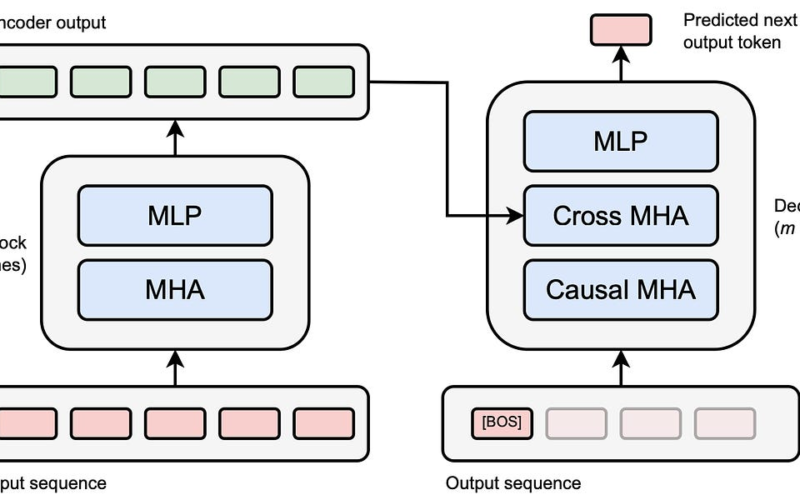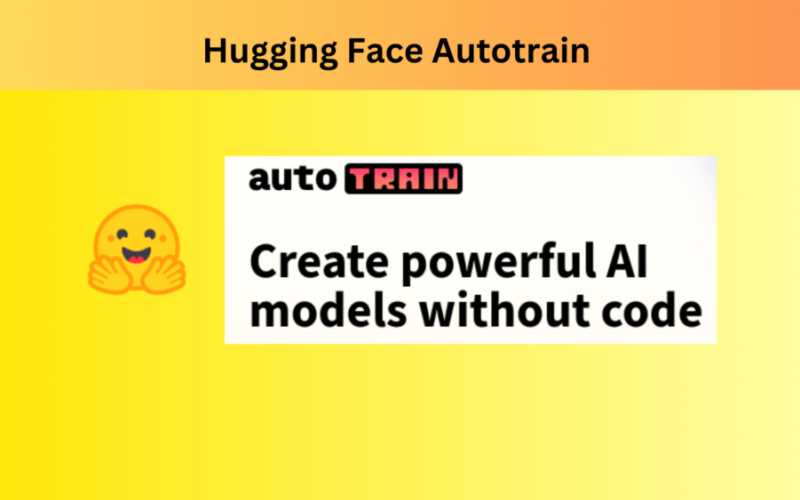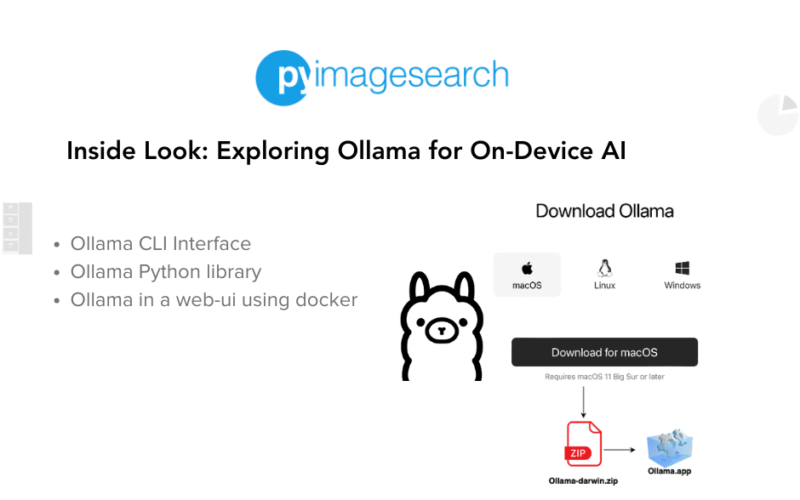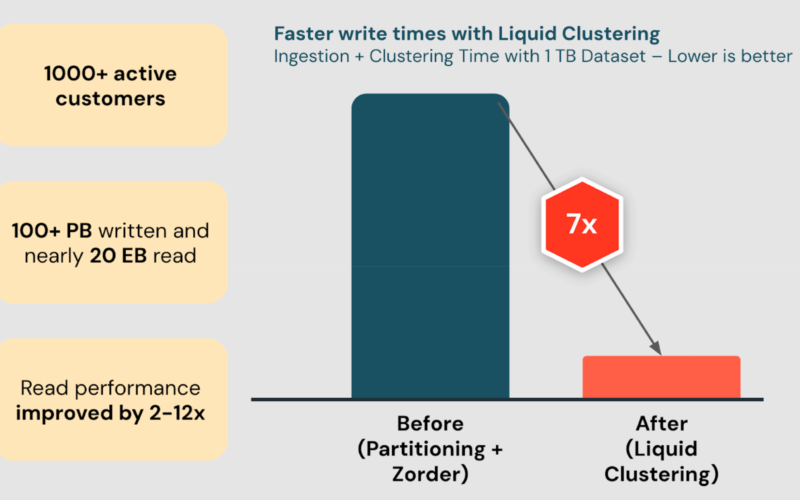23
May
(amiak/Shutterstock) Data is the lifeblood of modern business, but for commercial-sized companies, managing and leveraging data can feel like navigating a maze. But what if there was a way to simplify the journey and unlock the full potential of a company’s data? Read on to learn how a data fabric can add value by maximizing the value of a company’s data infrastructure. Large, global enterprises have massive data teams set up to transfer and manage their data, using approaches like a data mesh. But commercial-sized companies are also dealing with more and more complex data landscapes, and finding that a…










